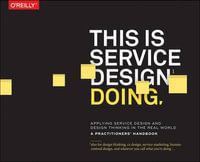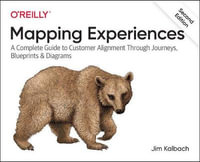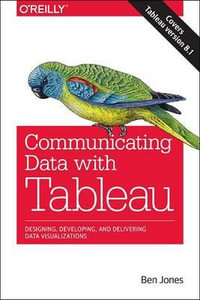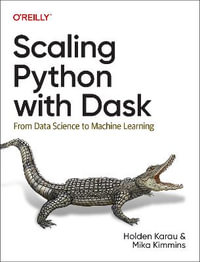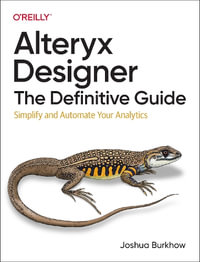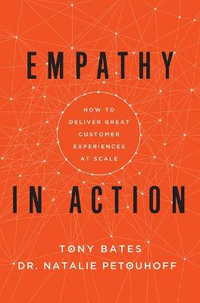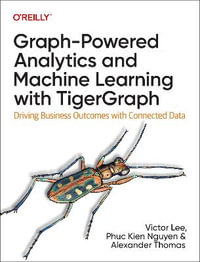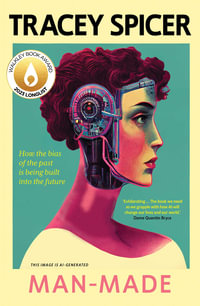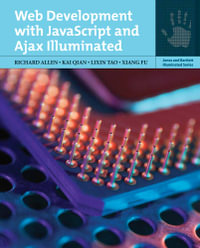"Automotive automation is changing what it means to drive, revealing new opportunities, but also huge challenges in defining the role of the driver. This book provides the concepts and tools needed to define this role. Banks and Stanton expertly weave well-proven task analysis techniques with new ways of thinking about human-technology relationships. This practical and innovative thinking is just the combination needed to redefine driving to benefit drivers."
-Professor John Lee, University of Wisconsin-Madison, USA
"Vehicle automation is coming over the horizon faster than many of us thought possible. This essential and timely book gets us back on terms with the inevitable human performance implications. Using first-of-a-kind studies, from the simulator, through the test-track, to the open road, it is clear those implications are both profound and exciting. Banks and Stanton have produced a stellar book that takes us on the journey towards Automobile Automation."
-Dr Guy Walker, Heriot-Watt University, United Kingdom
"Automobile Automation is the first book of its kind to take a systems approach in tackling the thorny Human Factors issues associated with highly automated vehicles. Using Distributed Cognition as their theoretical framework, Banks and Stanton have produced an insightful and highly practical piece of work that will assist researchers and practitioners in the design and evaluation of automated vehicle systems. A particularly innovative feature is the use of predictive modeling techniques to forecast the behavior of future automated driving systems. This highly useful book will be relevant throughout the transition to fully automated transport systems. All those with an interest in automation and transportation safety should read it and reap the benefits."-Professor Paul Salmon, University of the Sunshine Coast, Australia
"This book is intended for a broad audience, with the tone most often skewing toward the academic. It would be especially useful reading for newcomers to automobile-automation research as it gives a succinct overview of the current issues, related research, and appropriate tools to study driver perceptions and behaviors. This book could be used as a reference guide for researchers but would also be a great introduction to human factors for automobile automation for nonacademic or researchers in other fields."
-Ergonomics in Design (EID), January 2019 Issue
"Automotive automation is changing what it means to drive, revealing new opportunities, but also huge challenges in defining the role of the driver. This book provides the concepts and tools needed to define this role. Banks and Stanton expertly weave well-proven task analysis techniques with new ways of thinking about human-technology relationships. This practical and innovative thinking is just the combination needed to redefine driving to benefit drivers."-Professor John Lee, University of Wisconsin-Madison, USA
"Vehicle automation is coming over the horizon faster than many of us thought possible. This essential and timely book gets us back on terms with the inevitable human performance implications. Using first-of-a-kind studies, from the simulator, through the test-track, to the open road, it is clear those implications are both profound and exciting. Banks and Stanton have produced a stellar book that takes us on the journey towards Automobile Automation."
-Dr Guy Walker, Heriot-Watt University, United Kingdom
"Automobile Automation is the first book of its kind to take a systems approach in tackling the thorny Human Factors issues associated with highly automated vehicles. Using Distributed Cognition as their theoretical framework, Banks and Stanton have produced an insightful and highly practical piece of work that will assist researchers and practitioners in the design and evaluation of automated vehicle systems. A particularly innovative feature is the use of predictive modeling techniques to forecast the behavior of future automated driving systems. This highly useful book will be relevant throughout the transition to fully automated transport systems. All those with an interest in automation and transportation safety should read it and reap the benefits."
-Professor Paul Salmon, University of the Sunshine Coast, Australia
"This book is intended for a broad audience, with the tone most often skewing toward the academic. It would be especially useful reading for newcomers to automobile-automation research as it gives a succinct overview of the current issues, related research, and appropriate tools to study driver perceptions and behaviors. This book could be used as a reference guide for researchers but would also be a great introduction to human factors for automobile automation for nonacademic or researchers in other fields."
-Ergonomics in Design (EID), January 2019 Issue




